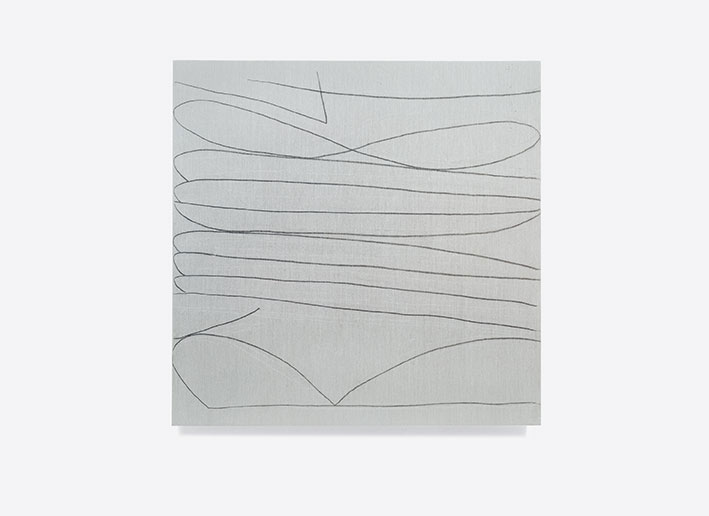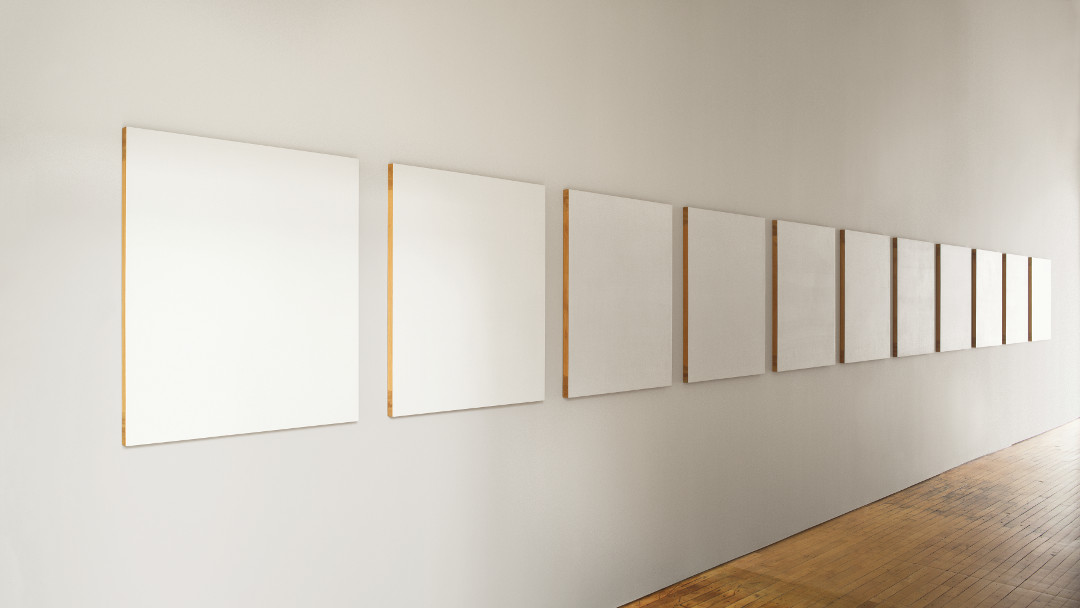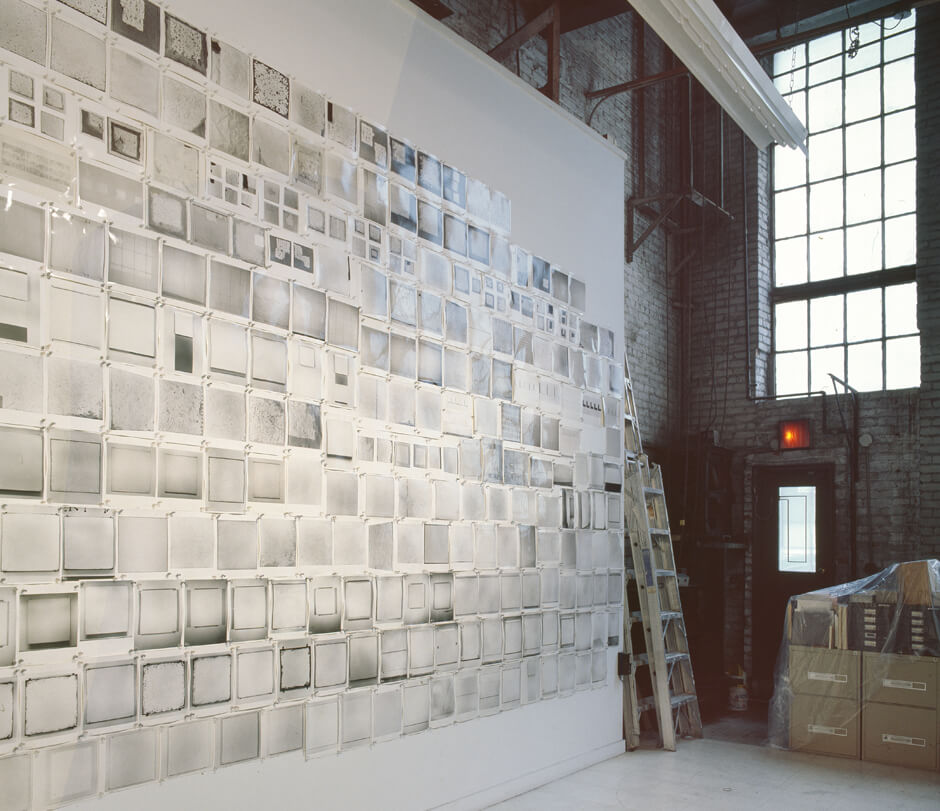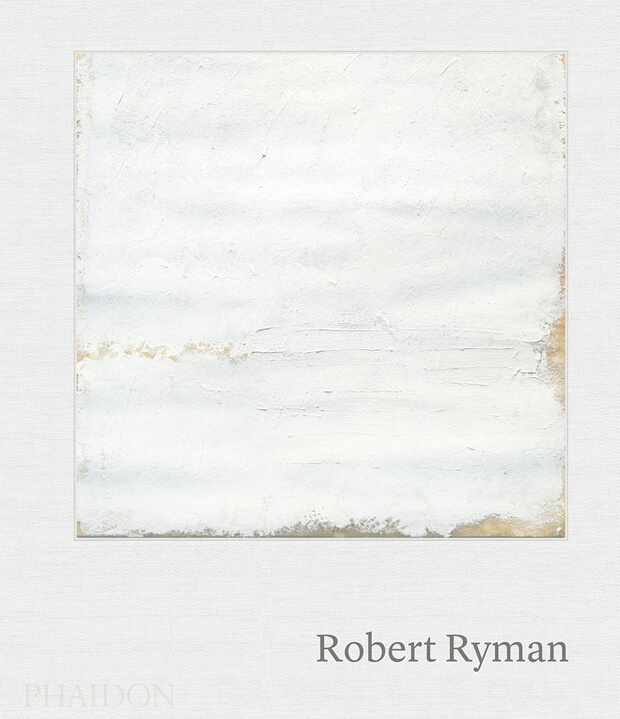
Why we should think of Robert Ryman as a contemporary artist
The categories of modern vs. contemporary are useful only for bureaucratic purposes and dissolve when we look to art for its full potential to move us, says Vittorio Colaizzi, author of our new Robert Ryman book
Art history looks pretty comprehensible from a distance, with historical forces bringing one style to the fore, then another. However, it's never so simple when you zoom in a little closer. Consider the American painter Robert Ryman. He began to create his abstract, largely white paintings in New York, when abstract expressionism was the dominant style in American art.

Today, that movement has largely been consigned to the history books. However, Ryman, now in his late eighties, continues to paint and his paintings continue to influence contemporary artists. So, should we think of Ryman as a much a part of the current art world as Wolfgang Tillmans and Tino Sehgal? We asked Vittorio Colaizzi, author of our Robert Ryman book, that question.

Unlike many mid-20th century US painters, Ryman is still alive. Should we think of him as a contemporary artist? "Yes, and the same is true for Ellsworth Kelly, Howardena Pindell, Ron Gorchov, Carmen Herrera, Lee Lozano and Al Loving. You don’t even have to be alive to be contemporary. Maybe we should add Hieronymus Bosch to that list.
To be contemporary, a body of work needs to bear upon contemporary production, to capture the imaginations of working artists and to engage issues that emerge in studios and in conversation among artists. Ryman is among several painters who demonstrate the continued viability of modernist precepts of concentration and commitment to a medium and exploration of its possibilities.

Moreover, his esoteric compositions, made by focusing on the interaction of paint, surface, light, and space (rather than wringing his hands about what images to sample), bears upon the question of compositional agency and the dilemma of what Bob Nickas, in Painting Abstraction, called the “foundness” of abstraction versus the daunting task of invention in the face of one hundred years of history.
The categories of modern vs. contemporary are useful only for bureaucratic purposes anyway. They dissolve when we look to art for its full potential to move us, and one of the conditions of modernity is that its emotional and intellectual power comes from its intervention into existing and ongoing prohibitions and parameters with regard to art, no matter the source."
For more sharp insight from Prof Colaizzi and excellent paintings from Mr Ryman order a copy of our Professor Colaizzi’s book on Robert Ryman here.